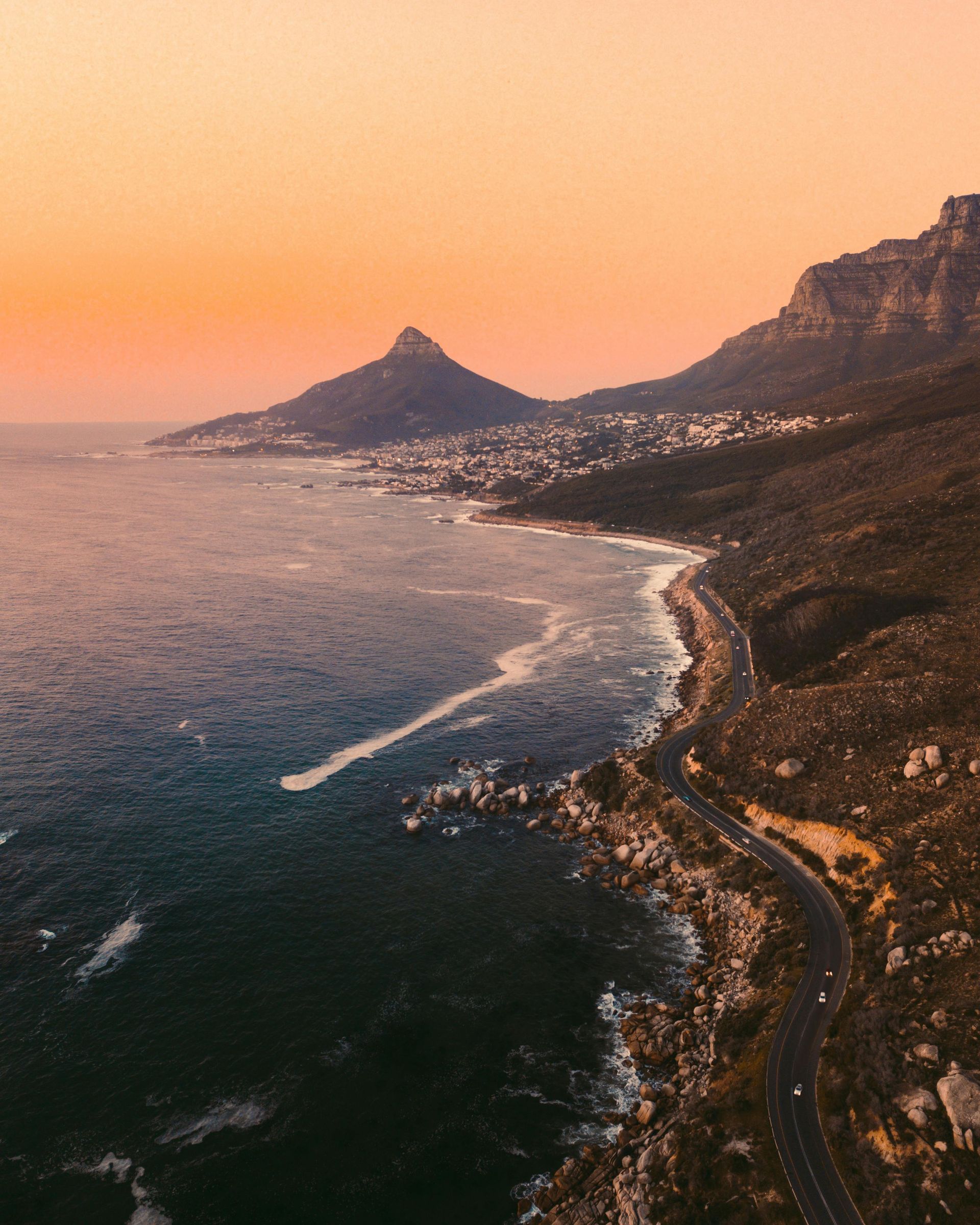Travel Less, Travel Better: Designing a Multi-Country Africa Adventure
In a world where travel often feels like a race to tick off as many places as possible, there’s a different way to explore Africa – one that is slower, deeper, and ultimately more rewarding. A multi-country African adventure invites you to travel less often but stay longer, immersing yourself in wildlife, landscapes, and cultures while reducing your travel footprint along the way.
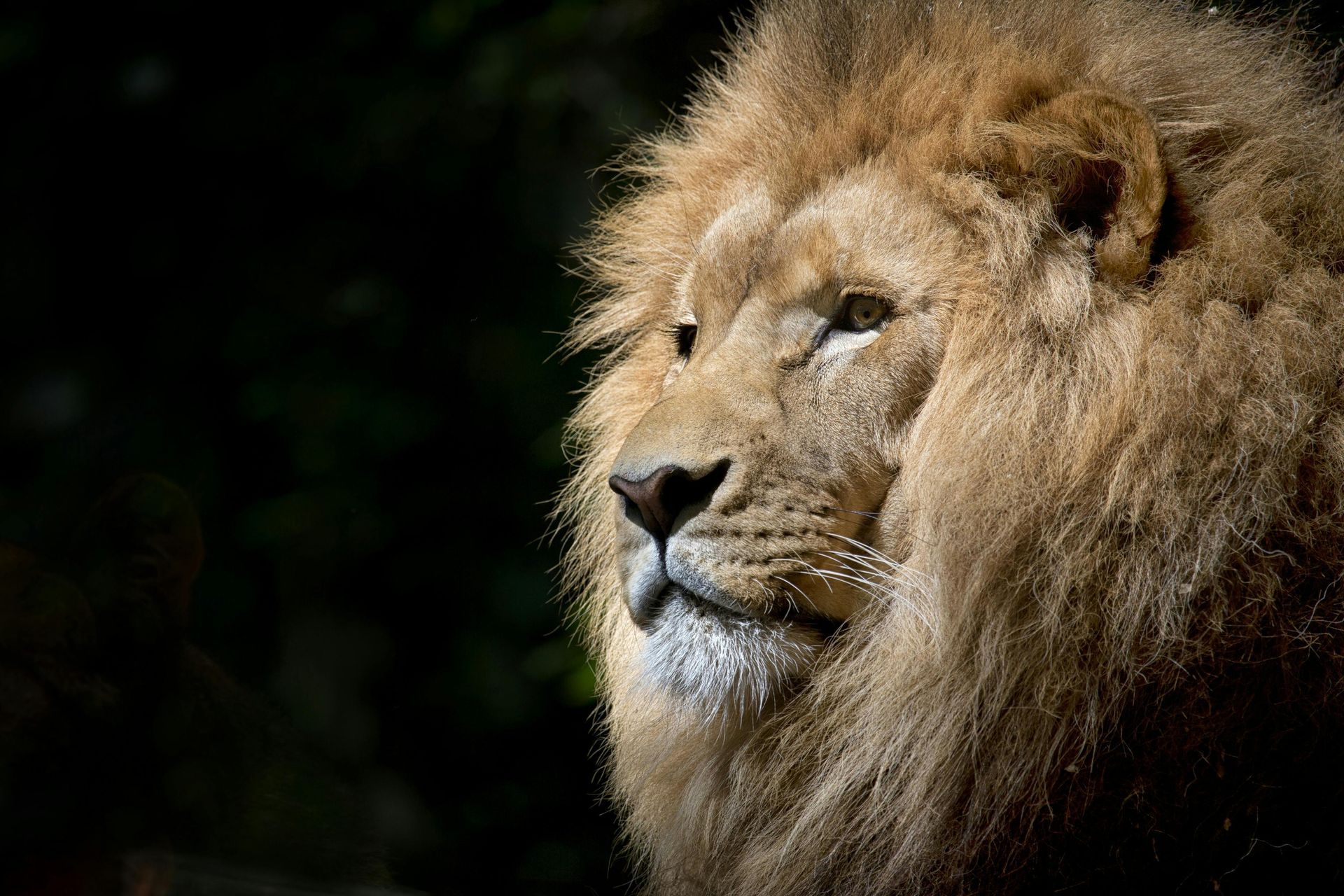
Why Travel Slower?
Africa’s vastness can tempt you to hop from country to country in quick succession but each region deserves more than a fleeting glance. By designing a trip that combines neighbouring destinations thoughtfully, you not only minimise repeated long-haul flights but also give yourself the space to truly connect with the places you visit.
Take for example, combining
Botswana and
Zimbabwe. From the
Okavango Delta’s waterways to the mighty
Victoria Falls, these two countries offer seamless travel with light aircraft and short road transfers reducing the need for multiple flights. You can experience the Delta’s mokoro safaris, track rhino in
Matobo Hills and witness the thunder of Victoria Falls without rushing, allowing you to soak in the wildlife, sounds and colours of Southern Africa.
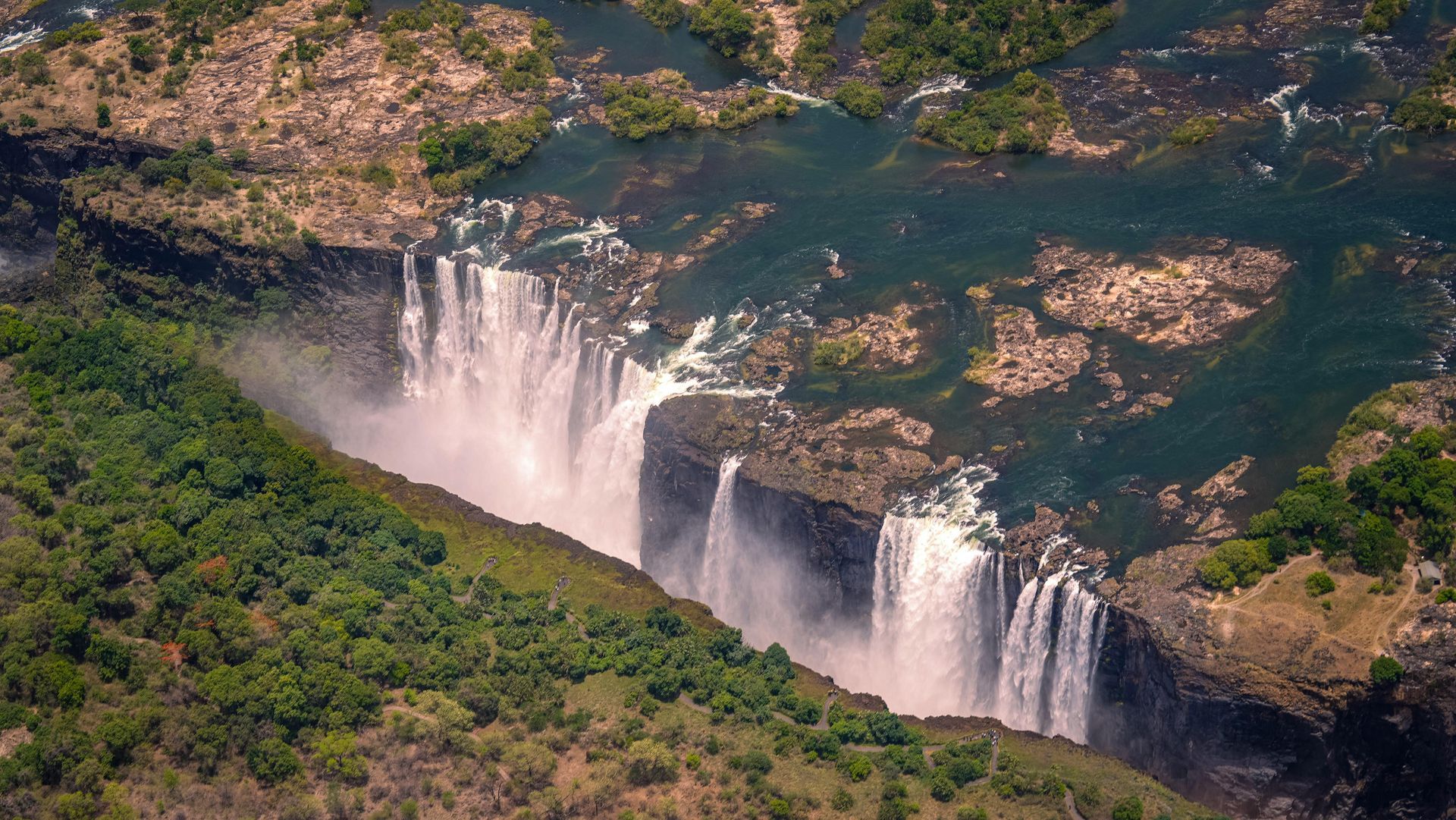
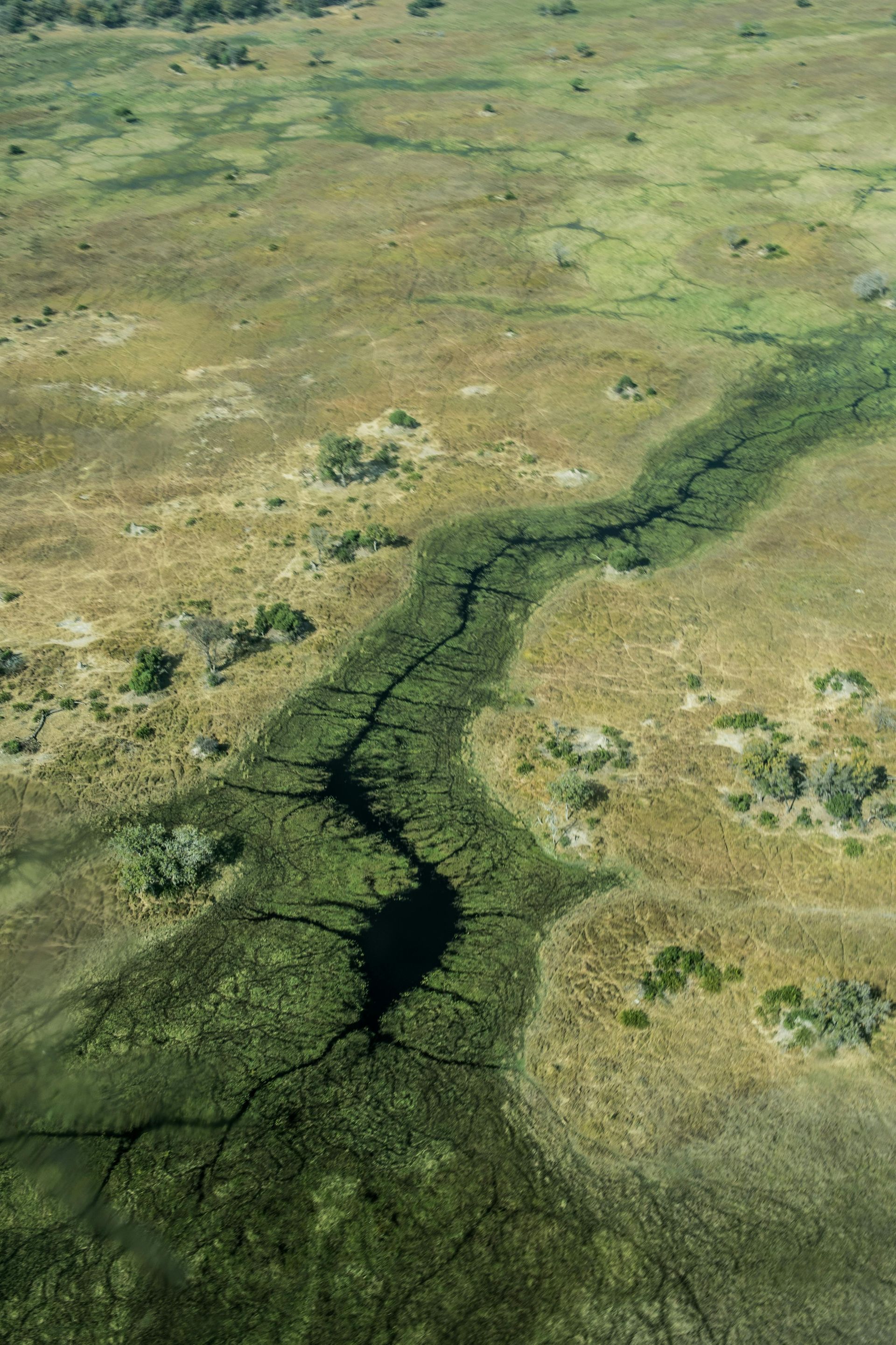
Supporting Conservation and Communities
Many of Africa’s safari camps and lodges operate on a small scale, supporting local employment and conservation initiatives. By staying longer in one region, your visit contributes more significantly to local communities and wildlife protection, from anti-poaching projects in Botswana to community conservancies in Namibia.
A well-paced trip allows you to explore beyond the classic safari drive. You might track big cats with researchers in
Tanzania, join local guides on foot to discover medicinal plants in the Okavango Delta or spend time with community leaders to understand how tourism revenue directly impacts schools and healthcare in rural
Zimbabwe.
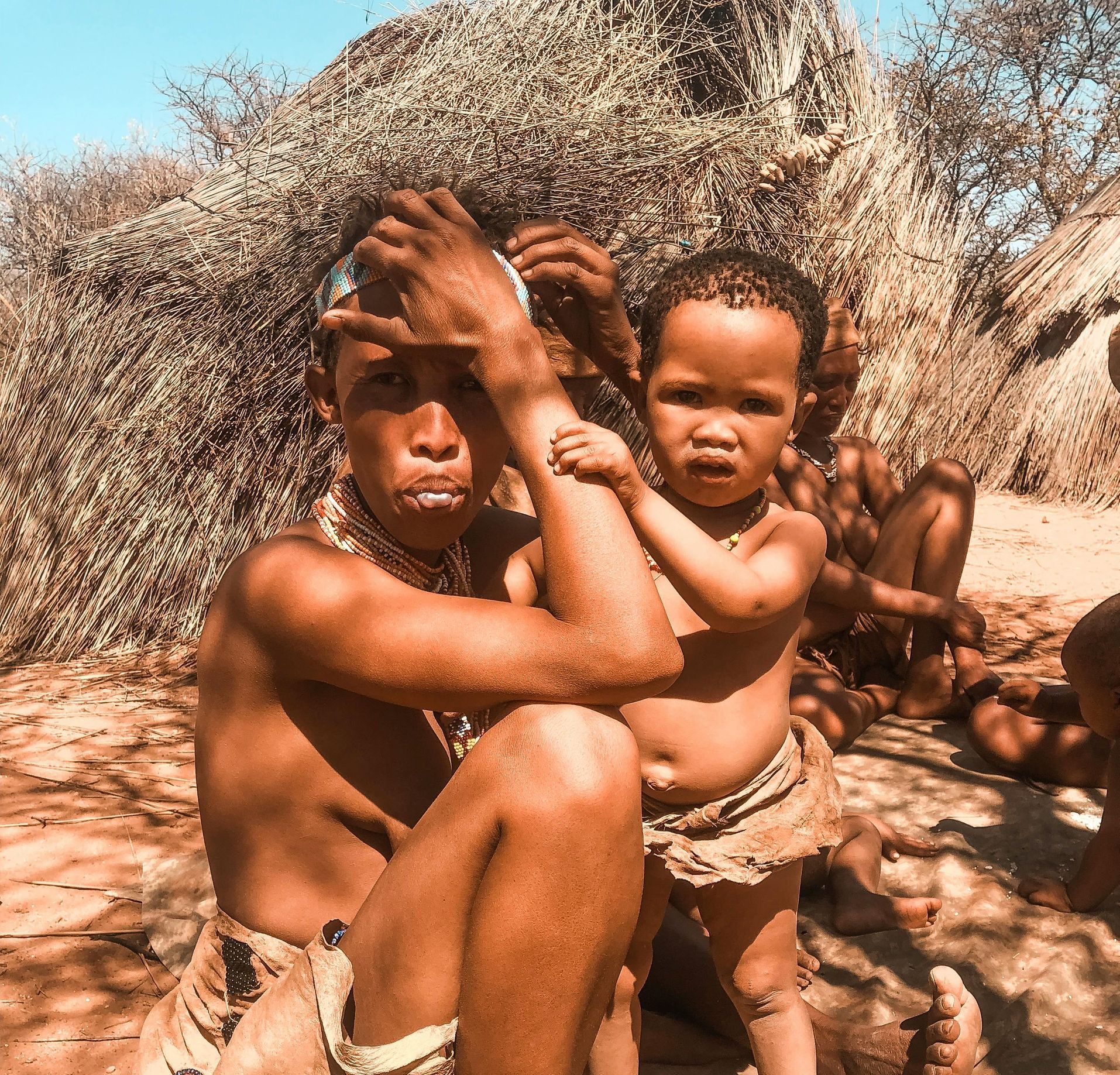
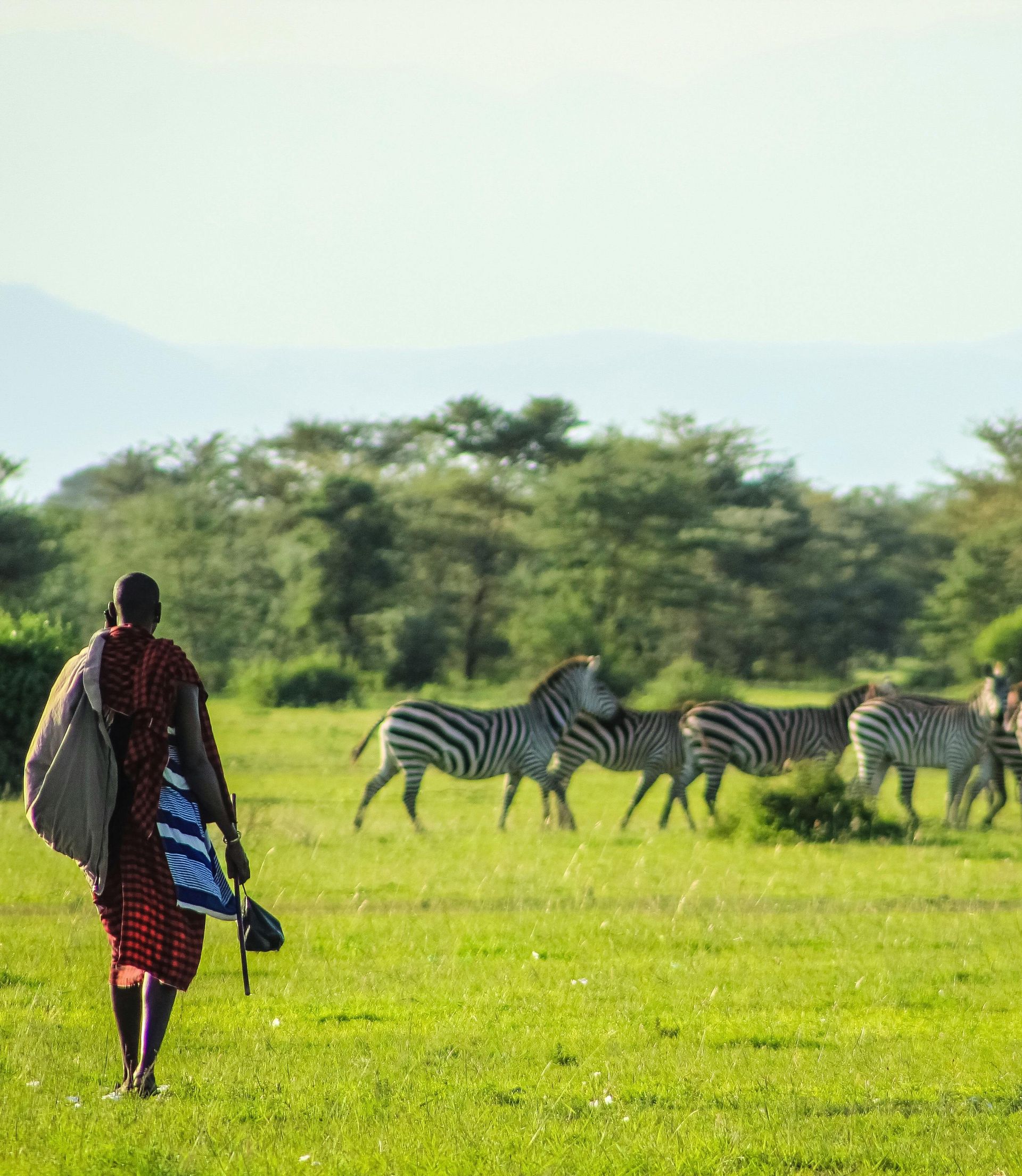
Experiences that Stay with You
Multi-country Africa adventures are about more than seeing the Big Five. They are an opportunity to witness how landscapes shift across borders, how cultures adapt to different environments and how wildlife thrives when supported by responsible tourism.
Imagine beginning your journey in Kenya’s rolling savannahs, watching the sunrise over the Maasai Mara before moving south into Tanzania to see the vast plains of the Serengeti and the wildlife-rich Ngorongoro Crater. The change in scenery is striking but the common thread is the privilege of witnessing Africa’s wildlife and communities while contributing to their preservation.
Namibia’s otherworldly dunes and desert-adapted wildlife combine beautifully with Botswana’s lush waterways. These contrasting environments reveal Africa’s diversity without requiring multiple long-haul flights, while staying in small, locally run camps ensures your visit leaves a positive impact.
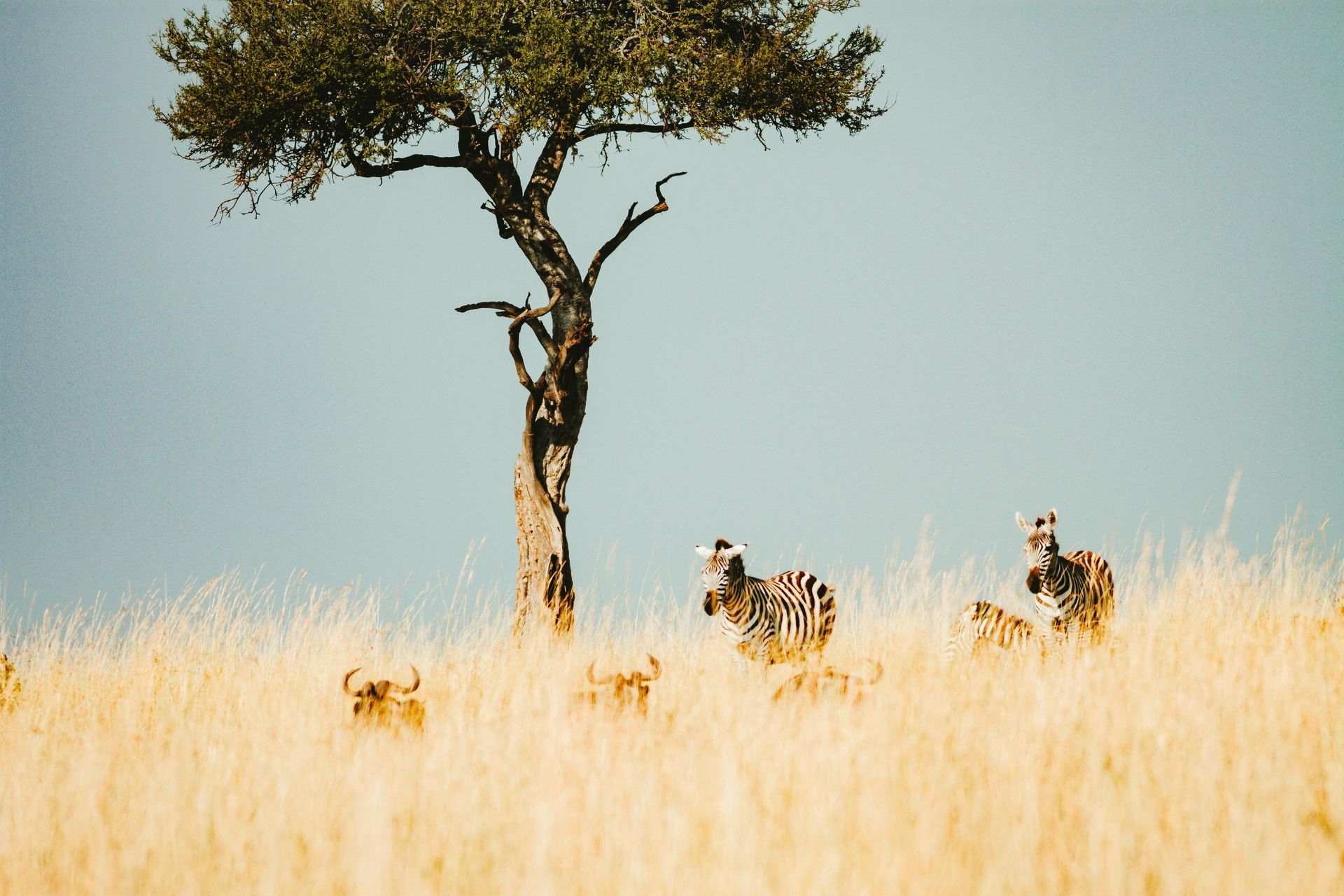
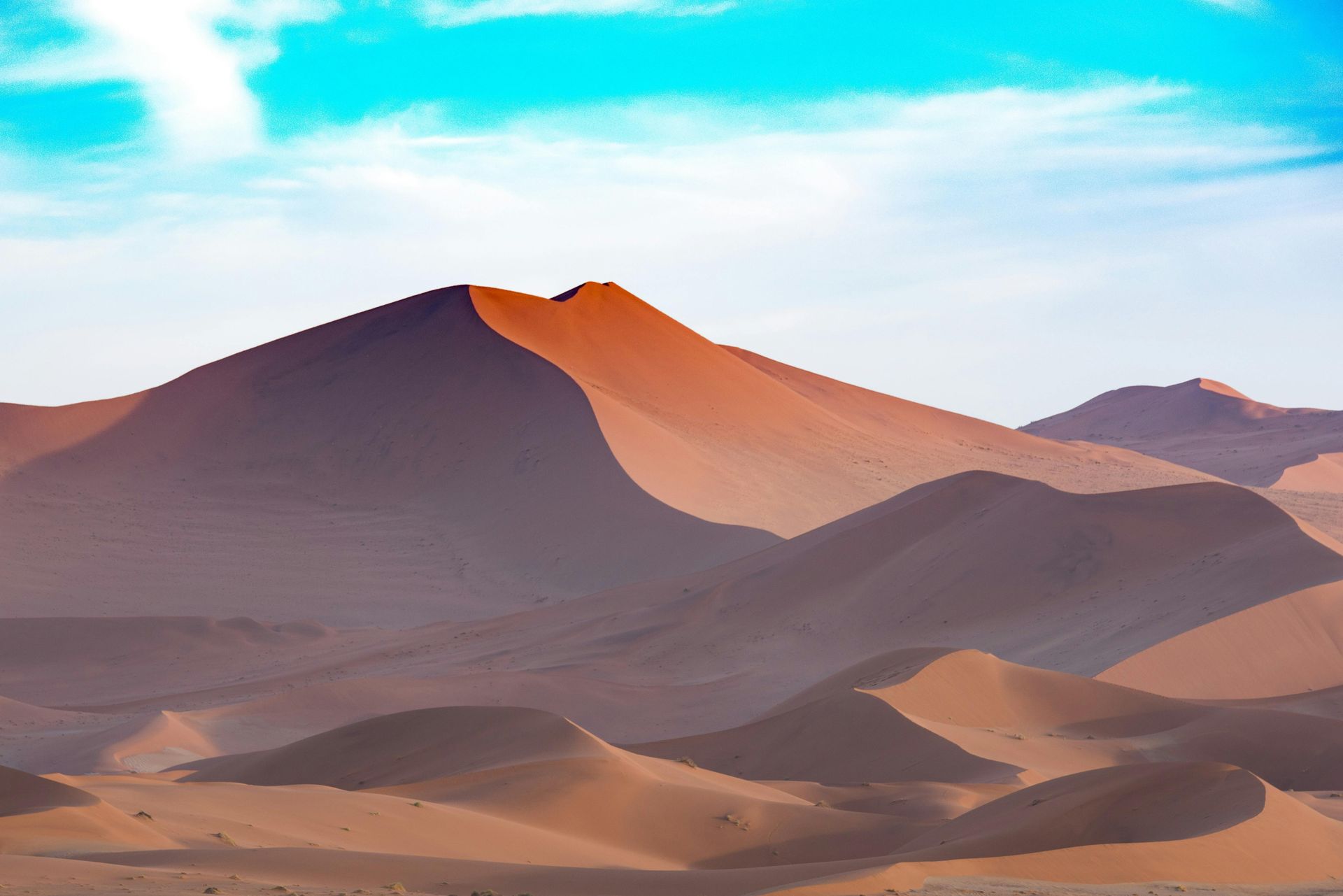
How to Plan a Multi-Country Adventure
- Choose neighbouring destinations: Look for routes that minimise travel time, such as Botswana and Zimbabwe, Kenya and Tanzania or Namibia and Botswana.
- Stay longer in fewer places: Give yourself time to explore each region properly rather than hopping quickly between camps.
- Travel outside peak seasons: Shoulder seasons offer fewer crowds and a different perspective on wildlife and landscapes.
- Book with purpose: Select lodges and camps that contribute to conservation and community initiatives ensuring your travel benefits the places you visit.
Travel Less, Experience More
Travelling less doesn’t mean seeing less. On the contrary, by slowing down and designing a multi-country Africa adventure carefully, you gain a richer, more meaningful experience while helping to preserve the places you have come to explore.
At Holiday Executives, we offer a range of carefully curated African journeys that pair destinations seamlessly while working with partners who prioritise conservation and community impact. Whether you dream of a slow safari through Botswana’s waterways and Namibia’s dunes or a wildlife-rich adventure across
Kenya and Tanzania, your journey can support the people and wildlife who call these incredible landscapes home.
You Might Also Like


